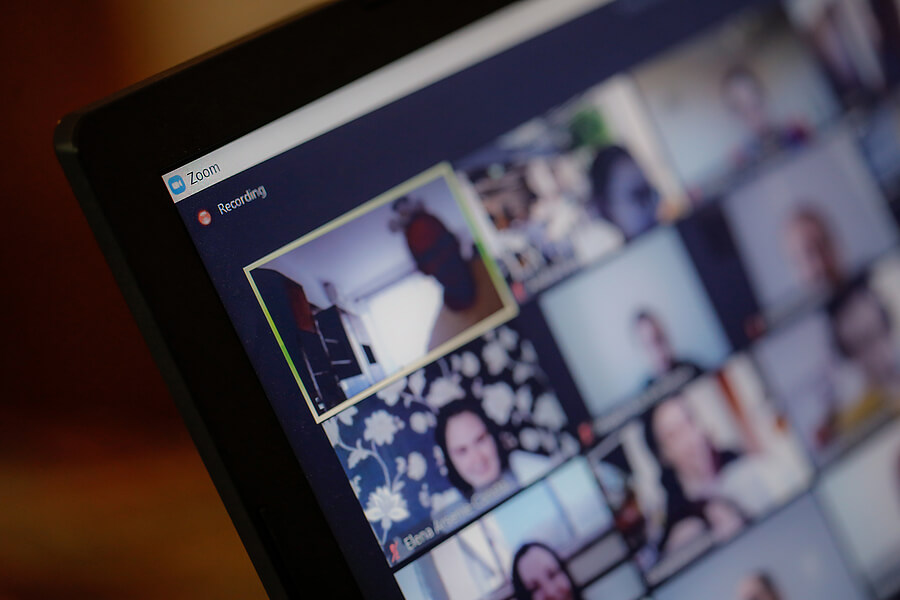Janet is about to log on to her third Zoom meeting of the day. She sighs, stretches, and turns on her camera, dreading the hour of meaningless conversation that will follow. Yes, it’s another meeting that could have been an email. In the background, her children argue from their desks as one says he needs silence to do his virtual schoolwork while the other wants to play music. Like many parents working from home during the pandemic, Janet is stressed, and another Zoom meeting is the last thing she wants to do today.
For years, I’ve preached the best practices for hosting a purposeful, successful meeting. My organization was often hired to help others structure their meetings for success. For us, that meant identifying the desired outcomes before beginning, eliminating any conversation that didn’t directly lead to one of those outcomes, and moving forward efficiently. Traditional advice said that non-value-added activity should be avoided.
Then our world was shaken by a global pandemic.
“Business as Usual” Doesn’t Exist
In March and April, business moved to online platforms for communication as employees began full-time remote work. At first, I continued on as usual. Meetings were on Zoom instead of in a conference room, but they were still strictly focused on business outcomes and measurable results. Then I realized what I was missing.
Prior to the pandemic, you could reasonably assume that your employees were in similar situations as members of the same organization. Under normal circumstances, you have isolated events like the loss of a loved one, marital problems, and illness that occasionally cause individuals to be in distinctly different mental places, but most people, most of the time, are functioning at their best. Now, we are all participating in the same COVID-19 phenomenon, but our circumstances are drastically different and individuals on the same team are experiencing the pandemic in unique ways. That context shapes our ability to function as a team.
Additionally, we face the loss of our shared physical workspace. In the past, I could check in on my employees as I walked through the kitchen, filled a cup at the water cooler, or took in some fresh air on the patio. We had countless daily opportunities to talk about how we were doing simply because we shared space for eight hours a day. Losing that shared space means that we must intentionally set aside the time to keep those same personal check-ins alive.
A Break from Tradition
Since I had that realization, I’ve set aside time to ask people how they’re doing in emails and during Zoom meetings. It goes against every action-oriented, engineering-trained bone in my body to veer from productiveness into social territory, but I’ve given myself permission to do it because it really matters.
For most people, it takes about five minutes to answer fully when asked, “How are you doing right now?” I get answers that range from sad to scared to coping to finding pleasure in the “new normal.” We’ve discussed not only the impact of the pandemic but also the state of unrest in our nation, as employees have had their doors smashed by protestors and faced upheaval in their neighborhoods. This is a complicated time for many of us, and talking about it helps.
You can make space for these important conversations in an email by simply saying, “We’ll get to the task in a moment, but first, I want to know how you are.” You can make space in a Zoom meeting by leaving time to open with a personal check-in for each employee. And you’ll be surprised by the rich and meaningful answers you receive as your team embraces the opportunity to share the big and small thoughts that would have previously come out during your day-to-day, face-to-face interactions.
It goes against everything we’ve been taught about meeting and email productivity, and it takes a mental shift to make it happen, but it is so worth the effort. How are you connecting with your teams now that the casual opportunities to share are gone?

